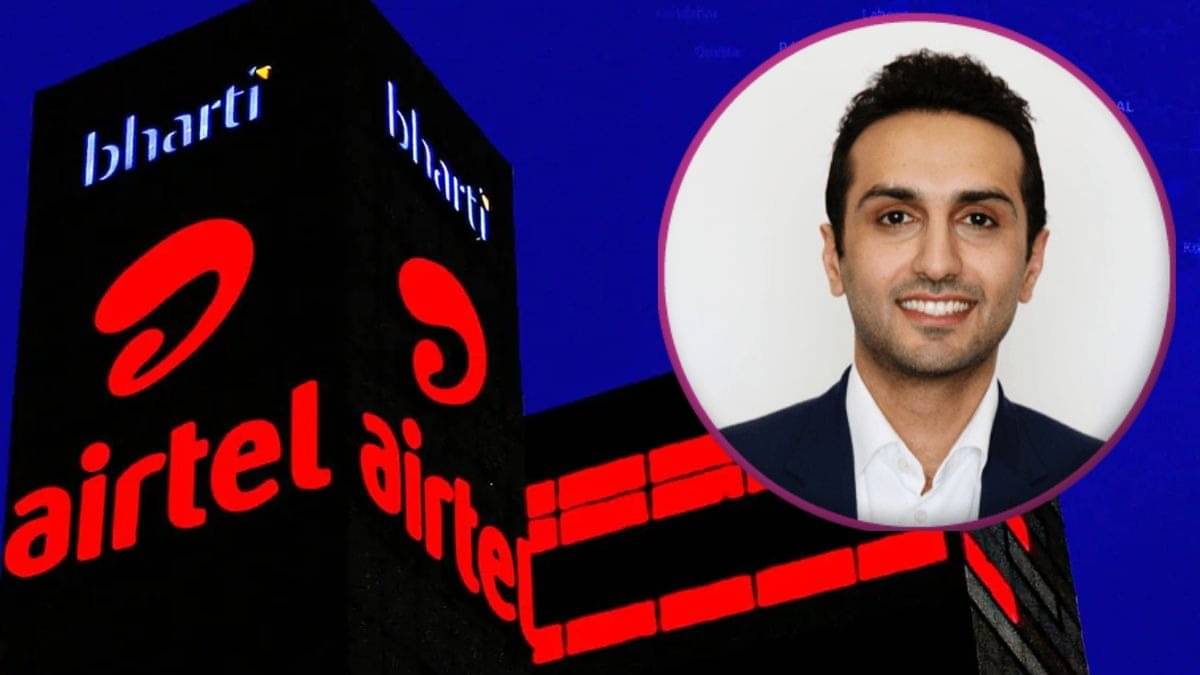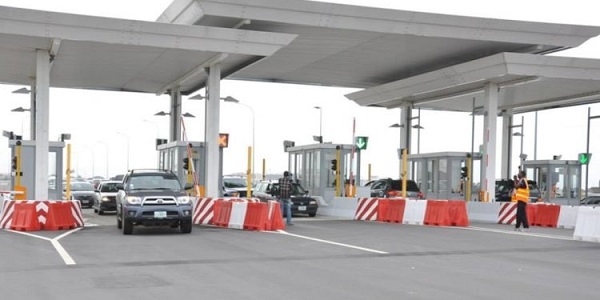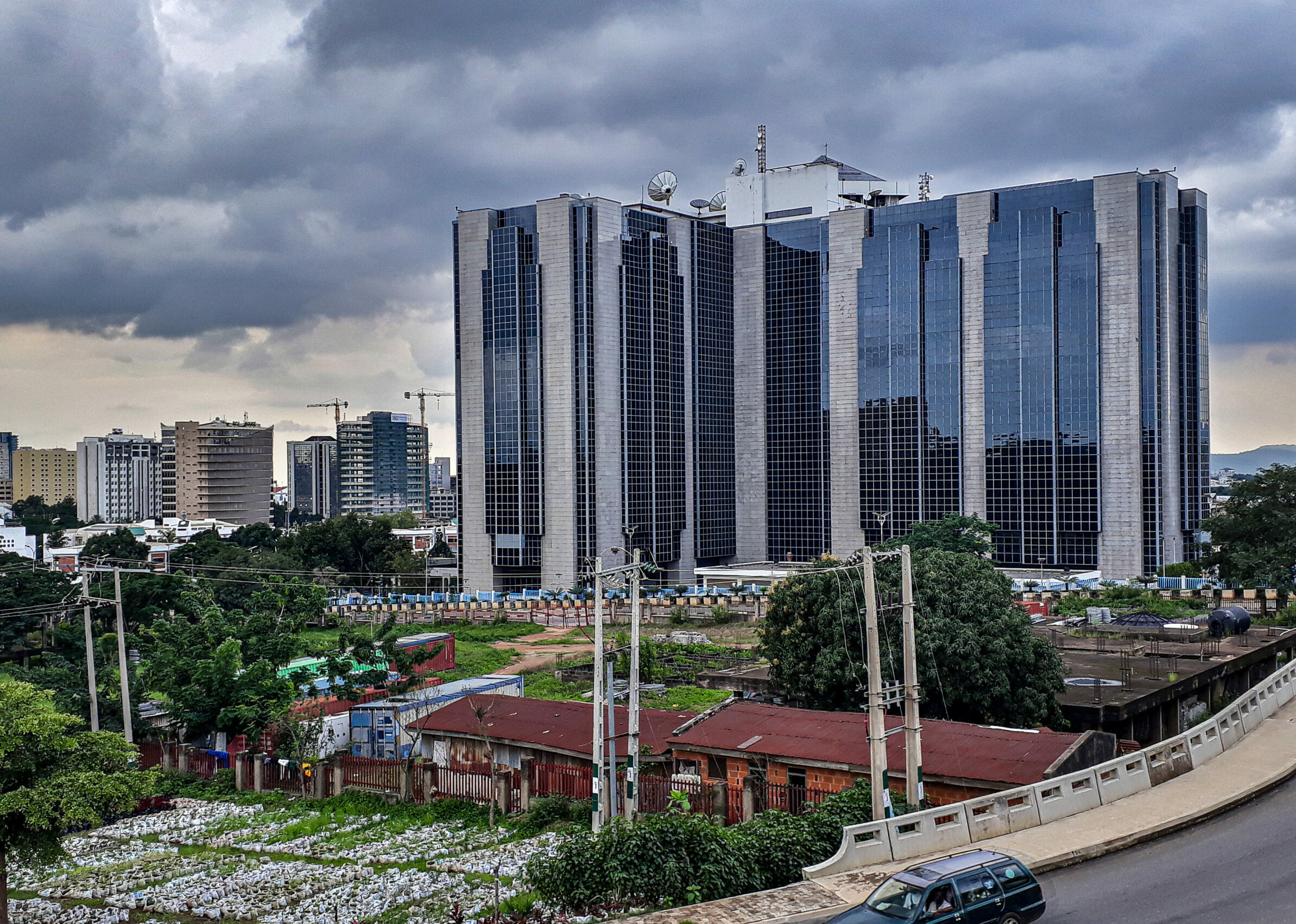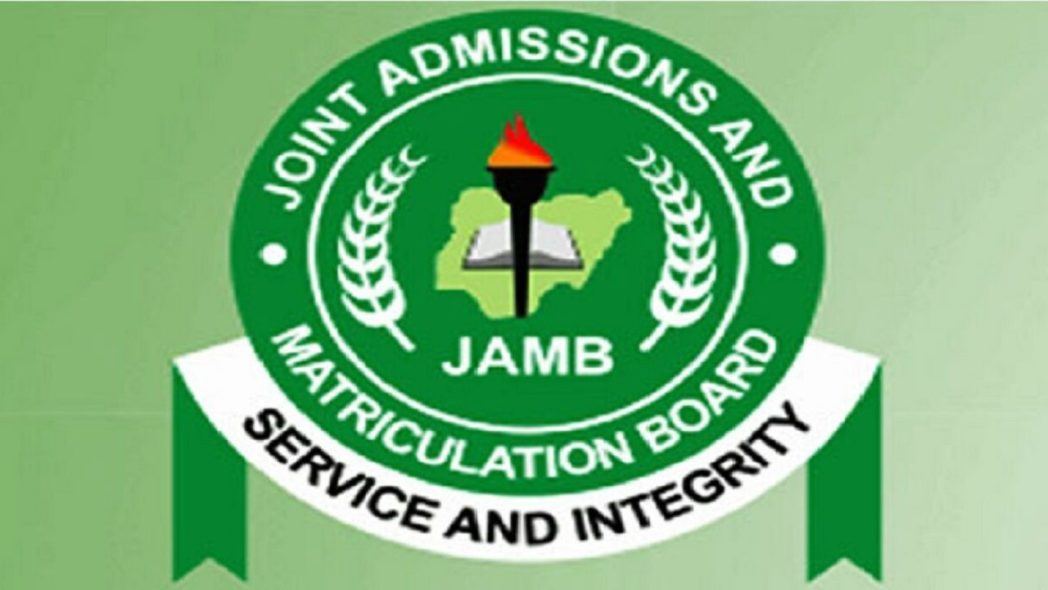Elon Musk's Starlink India launch: Price, benefits of satellite internet and all you need to know - The Times of India
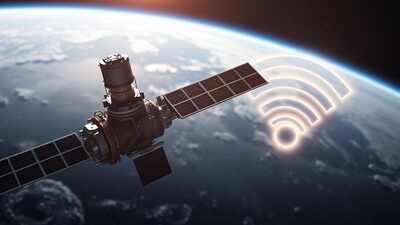
Elon Musk’s
Starlink
, along with other satellite communication providers such as Bharti Group-backed Eutelsat OneWeb, Reliance Jio’s joint venture with SES, and Globalstar, may soon debut their services in India. While official pricing details have yet to be announced, a report has shed light on what users might expect to pay for high-speed satellite internet access on the go.Citing analyst predictions, a report by The Economic Times claims that Musk's Starlink may introduce unlimited data plans in India at promotional rates of under $10 (approximately Rs 840) per month as it positions itself to tap into the world’s second-largest telecom market.
Industry experts suggest that despite high spectrum and licensing costs, satellite internet providers will aim for a low entry price point to rapidly scale their user base -- targeting up to 10 million subscribers in the medium to long term -- thereby achieving economies of scale to offset hefty infrastructure and spectrum investments, the report said.
“The strategy is to price services affordably—below $10—to encourage adoption and distribute fixed costs across a broader customer base,” Ashwinder Sethi, Partner at global TMT consultancy Analysys Mason, was quoted as saying.
While monthly data plans may be priced attractively, the report said that hardware costs may be a problem for users. Globally, Starlink’s hardware kits range from $250 (approx. Rs 21,300) to $380 (approx. Rs 32,400), a huge upfront investment compared to Indian home broadband offerings, that not only have low hardware cost, offering up to 1 Gbps speeds and bundled OTT apps.Meanwhile, Eutelsat OneWeb and Jio-SES have secured regulatory approvals, while Starlink has received a letter of intent from the Department of Telecommunications (DoT) and is awaiting final clearance from India’s space regulator, a report said recently.
Satellite internet isn’t dependent on ground infrastructure like fiber cables or cell towers, which means that it can reach rural, remote or underserved regions where traditional broadband services are unavailable or too costly to deploy.Despite the aggressive pricing strategy, Starlink’s ambitions may be curtailed by technical constraints. According to IIFL Research, Starlink’s current satellite capacity of 7,000 units supports around 4 million subscribers globally. Even with an expanded fleet of 18,000 satellites, Starlink could serve only about 1.5 million users in India by FY2030.The IIFL report further pointed out that India's geographical share in global satellite coverage—estimated at just 0.7% to 0.8%—means only 700-800 satellites would cover the country at any given time. This pales in comparison to the existing terrestrial infrastructure in India, which includes over 800,000 telecom towers and 3 million base transceiver stations (BTS).
